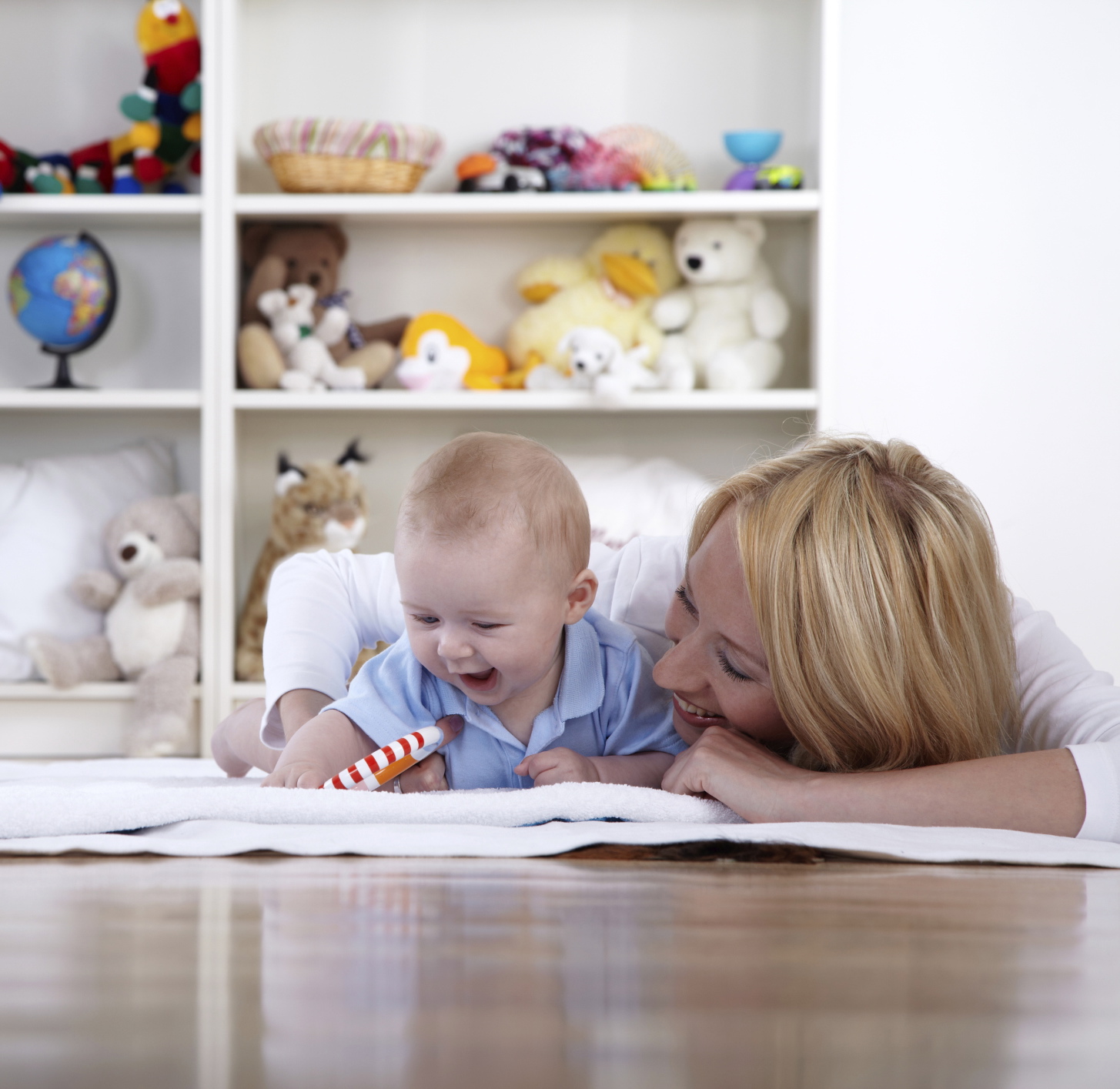The Best Way for Simple Play
 Your baby is ready to learn from an early age, but you don’t have to buy every toy labeled “educational” to teach him well. A few simple tips can help you give your child a great learning start, and no special materials are required.
Your baby is ready to learn from an early age, but you don’t have to buy every toy labeled “educational” to teach him well. A few simple tips can help you give your child a great learning start, and no special materials are required.
Grabbing
Place your baby on his back and dangle a toy in front of him. Watch as he swats at, and eventually tries to grab the toy. Learning to grasp is a major accomplishment, and practice will work his grip strength.
Move the toy back and forth and let your baby track it with his eyes. This will help him learn how to approach the toy with his hand in the right position. You don’t need any special toy for this exercise- you can use any object that is safe for an infant to hold (and you don’t mind getting covered in baby slobber.)
Tummy Time
While back is best for sleeping, tummy is great for play-time. Letting your child lay on her stomach for at least 20 minutes each day will work her neck and stomach muscles and help with head control. Lay down on the ground with your baby and encourage her to raise her head. Laying toys in front of her is a great game to learn new skills. She will learn to push up with her arms and balance to reach for the toys.
Stretching
Lay your baby on her back, gently hold her ankles and bend her knees. Then stretch her legs out and repeat. This not only works flexibility but also teaches baby a sense of space. You can sing songs or gently bicycle her legs, and over time she will learn to intentionally kick her legs on her own.
Balance
Do this exercise when your baby has sufficient head control and can sit up on his own. Use a large inflatable ball, and sit your baby on top. Hold him by the hips, supporting his lower back, and gently tilt the ball to one side. As your baby realizes what is happening he will learn to shift his weight and improve his balance. You can work up to titling faster or steeper as your child gains the necessary skills.
Mix It Up
No one likes to be in a rut. While your baby may have a favorite toy, make sure you rotate toys frequently and that they differ. Stock up on toys that have different textures, weights, colors, shapes and sizes. Let your baby handle these toys and learn to compare. Talk to him about the characteristics of each toy and he will learn the difference between heavy and light, soft and hard, etc;
It may not seem like much to a parent, but these games will work your baby’s mind and body over the first few months of life. Something as simple as laying on the floor and reaching for a block takes a few minutes to do, but means so much more to your baby.

